Anurādhapura: Early Buddhist urbanism and monastic landscapes in Sri Lanka
Anurādhapura, located in the North Central Province of present-day Sri Lanka, represents one of the earliest and most enduring centers of Buddhist urbanism in South and Southeast Asia. Founded in the 4th century BCE and functioning as a royal capital until the 10th century CE, the city was central to the establishment and institutionalization of Theravāda Buddhism. Its sacred geography, monumental architecture, and sustained royal patronage rendered it not only a political capital but also a religious and intellectual heartland of early Sri Lankan civilization.

Jetavanaramaya Stupa in Anuradhapura, Sri Lanka. In Anuradhapura, several monumental stūpas were constructed, including the Jetavanārāma, which is one of the tallest brick structures in the ancient world. The stūpa’s sheer scale reflects the institutional strength of the monastery and the ambition of its royal patrons. Source: Wikimedia Commonsꜛ (license: Free Art License)
The city’s significance lies in its dual role as a site of religious authority and a model of Buddhist kingship. Anurādhapura’s monasteries, including Mahāvihāra, Abhayagiri, and Jetavanārāma, became important doctrinal centers, while its stūpas and relic cults anchored collective memory and ritual practice. The introduction of Buddhism by Mahinda, the emissary of Ashoka, and the planting of the Sri Mahā Bodhi tree were pivotal moments in establishing a symbiotic relationship between religion and statecraft that persisted for centuries.
In this post, we explore Anurādhapura’s historical evolution, religious architecture, urban planning, and doctrinal influence. Drawing on archaeological evidence, textual sources, and regional comparisons, our aim is to assess how the city shaped and reflected the development of early Theravāda Buddhism in the island and beyond.
Historical context
The history of Anurādhapura is marked by its transformation from a small settlement to a major urban center, characterized by the establishment of monastic institutions, monumental architecture, and hydraulic engineering.
Foundation and political development
According to Sri Lankan chronicles such as the Dīpavaṃsa and Mahāvaṃsa, Anurādhapura was founded by King Paṇḍukābhaya in the 4th century BCE, though archaeological evidence suggests human settlement in the region began earlier. The city’s mythic associations, including its naming after Prince Anurādha and its layout according to auspicious cosmological principles, underscore its symbolic role in anchoring early Sinhalese identity and political authority.
From its foundation, Anurādhapura evolved into a stable urban polity marked by dynastic succession, monumental construction, and sophisticated urban planning. A series of Sinhalese monarchs oversaw the expansion of its citadel, monastic zones, and hydraulic systems, transforming the city into a regional political center with a continuous royal lineage. As the first long-standing capital of the Sinhalese kingdom, it became the stage on which the relationship between statecraft and Buddhism was progressively defined.
Conversion to Buddhism and royal patronage
The formal introduction of Buddhism to Sri Lanka is attributed to the arrival of the monk Mahinda, traditionally dated to the 3rd century BCE during the reign of King Devānampiya Tissa. According to the Mahāvaṃsa, Mahinda — sent by the Indian emperor Ashoka — engaged the king in dialogue and converted him to the Dhamma. This event marked a watershed in Sri Lankan history, initiating the fusion of Buddhist ethics with royal ideology and state governance.
Mahinda’s arrival led to the foundation of the Mahāvihāra, the first Buddhist monastery in Anurādhapura, and the establishment of a monastic community supported by royal donations. The subsequent transplantation of a sapling from the Bodhi tree in Bodhgayā further solidified the island’s connection to the Indian Buddhist heartland. These developments institutionalized a model of Buddhist kingship in which the ruler acted as both protector and benefactor of the saṅgha, a dynamic that would shape the religious and political fabric of the Anurādhapura kingdom for centuries to come.
Monastic institutions and religious architecture
Several monumental stūpas and monastic complexes were constructed in Anurādhapura, reflecting the city’s status as a center of Theravāda Buddhism. The architectural and artistic achievements of these sites not only served religious purposes but also symbolized the power and legitimacy of the ruling elite.

Ruwanwelisaya Stupa, one of the most iconic monuments in Anurādhapura, was built by King Duṭṭhagāmaṇi in the 2nd century BCE. The stūpa’s massive hemispherical dome and concentric terraces express cosmological ideas while serving as a site for public ritual and state-sponsored merit-making. Source: Wikimedia Commonsꜛ (license: Free Art License)
Major monasteries
Anurādhapura was home to three principal monastic complexes that shaped the island’s Buddhist intellectual and institutional life: the Mahāvihāra, Abhayagiri, and Jetavanārāma. Each of these institutions developed under royal patronage and became doctrinally and politically significant.

Plan of the Abhayagiriya Monastery. The monastery was founded in the 1st century BCE by King Vaṭṭagāmaṇi Abhaya and represented a more cosmopolitan and eclectic strain of Buddhism. Abhayagiri monks were reputed to have embraced elements of Mahāyāna and Vajrayāna thought and maintained ties with broader transregional networks, including Chinese and Central Asian traditions. This doctrinal diversity made the complex a vibrant site of translation, ritual experimentation, and scholastic exchange. Source: Wikimedia Commonsꜛ (license: CC BY-SA 3.0)
The Mahāvihāra, established shortly after the arrival of Mahinda in the 3rd century BCE, became the orthodox center of Theravāda Buddhism. It was closely associated with the preservation of the Pāli Canon and served as a base for conservative monastic leadership. Its authority was bolstered by royal support, and it cultivated ties with Buddhist centers in India and Southeast Asia.
The Abhayagiri monastery, founded in the 1st century BCE by King Vaṭṭagāmaṇi Abhaya, represented a more cosmopolitan and eclectic strain of Buddhism. Abhayagiri monks were reputed to have embraced elements of Mahāyāna and Vajrayāna thought and maintained ties with broader transregional networks, including Chinese and Central Asian traditions. This doctrinal diversity made the complex a vibrant site of translation, ritual experimentation, and scholastic exchange.
Jetavanārāma, constructed in the 3rd century CE under King Mahāsena, emerged as a rival to both the Mahāvihāra and Abhayagiri. While initially aligned with the Abhayagiri tradition, Jetavanārāma eventually developed its own institutional identity and housed what would become one of the tallest brick structures in the ancient world — the Jetavanārāma stūpa. Each monastery managed extensive landholdings, supported a resident saṅgha numbering in the thousands, and maintained networks of rural temples and educational institutions.
Stūpas and relic worship
Stūpas in Anurādhapura were not merely commemorative monuments but central foci of ritual activity, relic veneration, and political symbolism. The Thuparama stūpa, believed to be the earliest in Sri Lanka, was constructed to enshrine the Buddha’s collarbone relic and set a precedent for relic cults throughout the island. Its simple architectural form influenced subsequent generations of stūpa construction.
The Ruvanvelisaya, built by King Duṭṭhagāmaṇi in the 2nd century BCE, became a monumental statement of Buddhist kingship and national unity. With its massive hemispherical dome and concentric terraces, the stūpa expressed cosmological ideas while serving as a site for public ritual and state-sponsored merit-making.
Jetavanārāma’s stūpa, constructed several centuries later, reached a height of over 120 meters and marked a high point in brick architecture. Its sheer scale reflects the institutional strength of the monastery and the ambition of its royal patrons. Together, these stūpas embodied a synthesis of architectural innovation, relic devotion, and monastic prestige. They were regularly restored and maintained, suggesting that they remained active religious centers well into the late Anurādhapura period.
Urban layout and sacred geography
The urban layout of Anurādhapura was characterized by a complex interplay of religious, political, and social spaces. The city was designed to reflect Buddhist cosmological principles and the hierarchical structure of society, with the royal citadel at its center surrounded by monastic complexes, residential areas, and agricultural zones.
City planning and hydraulic engineering
Anurādhapura’s urban layout reveals a high degree of planning that integrated secular and religious life into a coherent spatial framework. The city was divided into clearly demarcated zones, including the royal citadel, residential districts, and expansive monastic complexes. These zones were not only functionally interrelated but also symbolically organized to reflect Buddhist cosmological principles and political hierarchies. Royal roads connected major monasteries, stūpas, and the citadel, facilitating both administrative coordination and ritual processions.
One of Anurādhapura’s most remarkable features was its advanced hydraulic infrastructure. A network of tanks (wewas), canals, and reservoirs supported intensive agriculture, ensured water supply for the city’s population, and provided essential resources for the monastic institutions. Tanks such as Nuwara Wewa and Tissa Wewa, constructed and maintained by successive kings, transformed the dry zone landscape into a sustainable urban environment.
These hydraulic works also had religious connotations. Water was essential for purification rituals, offerings, and the maintenance of temple gardens. The presence of lotus ponds and bathing tanks near monasteries indicates that water was not merely a utilitarian resource but also part of the sacred ecology of the city. The integration of irrigation systems into monastic architecture exemplifies the seamless blending of environmental management, religious practice, and royal patronage.
Sacred trees and Bodhi worship
Anurādhapura’s sacred geography was anchored by the Sri Mahā Bodhi tree, a sapling of the original Bodhi tree in Bodhgayā under which the Buddha attained enlightenment. Brought to the island in the 3rd century BCE by the nun Saṅghamittā, the daughter of Emperor Ashoka, the tree was planted within the Mahāvihāra complex and quickly became a central object of veneration.
The cult of the Bodhi tree played a crucial role in ritual life and state ideology. Kings regularly sponsored protective rituals, enclosures, and festivals in honor of the tree, which came to symbolize the spiritual and political continuity of the island’s Buddhist tradition. Over time, subsidiary Bodhi trees were planted across the island, replicating the sanctity of the original and extending its protective aura to other settlements.
The sacred tree was also a focal point for pilgrimage circuits. Pilgrims visiting Anurādhapura would typically engage in a ritual tour that included the Sri Mahā Bodhi, key stūpas, and other relic sites. These circuits structured religious movement through the city and reinforced collective memory, spiritual merit, and institutional identity. The reverence for living trees as embodiments of the Buddha’s enlightenment remains a distinctive feature of Sri Lankan Buddhist practice and reflects a unique fusion of environmental symbolism and doctrinal devotion.
Literary, doctrinal, and international connections
Anurādhapura’s significance extended beyond its physical and architectural achievements. The city was a center of literary production, doctrinal development, and transregional connections that shaped the evolution of Theravāda Buddhism.
Pāli chronicles and scriptural transmission
Anurādhapura played a central role in the composition, preservation, and transmission of Theravāda Buddhist texts, most notably the PāPālili chronicles and canonical literature. The Mahāvihāra monastic complex was instrumental in compiling and safeguarding the Pāli Tipiṭaka, particularly during periods when oral transmission gave way to manuscript culture. According to tradition, the writing down of the Pāli Canon occurred in the 1st century BCE during a time of political instability and famine, with Anurādhapura’s monastic centers providing the necessary institutional continuity.
Two of the earliest and most important chronicles, the Dīpavaṃsa and Mahāvaṃsa, were composed at the Mahāvihāra and serve as foundational texts for Sri Lankan Buddhist historiography. These texts not only recorded dynastic and monastic history but also framed the island as a protected land of the Dhamma (Dhammadīpa). They offered legitimizing narratives for royal authority and monastic orthodoxy while preserving doctrinal lineages and sacred geographies. The role of Anurādhapura in shaping these narratives underscores its intellectual and symbolic authority in early Theravāda tradition.
Regional and transregional relations
As a preeminent center of Theravāda Buddhism, Anurādhapura maintained active connections with Buddhist communities across the Indian subcontinent and Southeast Asia. Monks from Anurādhapura traveled to key Indian pilgrimage sites such as Bodhgayā, Nālandā, and Sanchi, while Indian monks visited Sri Lanka for study and ordination. These exchanges strengthened Anurādhapura’s claim to doctrinal purity and its status as a guardian of the original teachings.
Anurādhapura also played a vital role in the early dissemination of Theravāda Buddhism to Southeast Asia. Archaeological and epigraphic evidence suggests that monastic missions were sent from Sri Lanka to Burma, Thailand, and Cambodia, where Sri Lankan ordination lineages and monastic models took root. These exchanges not only spread doctrinal and ritual forms but also contributed to the formation of shared scriptural, artistic, and architectural traditions across the Theravāda world.
In this way, Anurādhapura served as both a transmitter and a receiver in the dynamic network of early Buddhist internationalism. Its monastic institutions, literary output, and sacred landscape made it a vital reference point in the formation of Theravāda orthodoxy and transregional religious identity.
Decline, transformation, and legacy
As the political and religious landscape of Sri Lanka evolved, Anurādhapura underwent a gradual decline that culminated in its abandonment as the capital. This process was marked by a series of invasions, shifts in royal patronage, and changes in monastic practices.
Invasions, shifts, and urban abandonment
Anurādhapura’s decline was precipitated by a series of external invasions and internal shifts that disrupted its political and religious centrality. From the late 10th century onward, South Indian dynasties, particularly the Colas, launched military campaigns against the Sinhalese kingdom. In 993 CE, the Cola invasion led to the occupation of Anurādhapura and the relocation of the Sinhalese royal court to Polonnaruwa. This shift marked the end of Anurādhapura’s role as the island’s capital after more than a millennium of continuous habitation and religious patronage.
The urban fabric of Anurādhapura began to erode as political power shifted southward. Monasteries lost royal support, irrigation systems fell into disrepair, and religious communities dispersed or relocated. Although some temples and sacred sites continued to attract limited ritual activity, the city’s decline as a living religious and administrative center was decisive. Its monumental structures gradually succumbed to vegetation, erosion, and the absence of sustained institutional maintenance.
Heritage and continued significance
Despite its historical decline, Anurādhapura never entirely vanished from cultural memory. Buddhist pilgrims continued to visit its major shrines, especially the Sri Mahā Bodhi tree and the principal stūpas. During the colonial and post-colonial periods, renewed interest in Sri Lanka’s ancient Buddhist heritage led to systematic archaeological excavations, conservation efforts, and scholarly study of the site.
Today, Anurādhapura is recognized as a UNESCO World Heritage Site and one of the most important Buddhist pilgrimage destinations in the country. Annual religious festivals, such as Vesak and Poson, draw tens of thousands of devotees to its sacred precincts. Conservation initiatives undertaken by Sri Lankan and international agencies have restored key monuments and improved site management, balancing heritage tourism with religious continuity.
Anurādhapura’s continued significance lies not only in its historical achievements but also in its enduring role as a symbol of Sinhalese identity, Buddhist kingship, and sacred geography. Its preservation and ritual renewal reflect the ways in which the past remains actively woven into the cultural and religious present of Sri Lanka.
Conclusion
Anurādhapura’s historical trajectory illustrates the deep entwinement of religious devotion, political authority, and urban development in early South Asian Buddhist societies. As the first long-standing capital of Sri Lanka and a foundational center of Theravāda Buddhism, Anurādhapura not only institutionalized the monastic tradition but also fostered a durable model of Buddhist kingship in which statecraft and spiritual merit were mutually reinforcing.
Through its vast network of monasteries, monumental stūpas, sacred trees, and hydraulic infrastructure, Anurādhapura materialized a sacred landscape that extended across the island and shaped the religious consciousness of generations. The city became both a doctrinal stronghold and a living ritual center, attracting pilgrims, scholars, and kings alike. It also served as a crucial transmitter of Theravāda teachings to neighboring regions, helping to forge a transregional Buddhist ecumene.
Although it eventually lost its political primacy, Anurādhapura’s religious and cultural legacy continued to reverberate in Sri Lankan society and across the Theravāda world. Today, it stands as a powerful reminder of the historical capacity of Buddhism to inform urban design, sociopolitical structure, and collective identity on a civilizational scale.
References and further reading
- Coningham, Robin & Ruth Young, The Archaeology of South Asia: From the Indus to Asoka, c.6500 BCE–200 CE, 2023, Cambridge University Press, ISBN: 978-0521609722
- K. M. De Silva, A History of Sri Lanka, 2005, Penguin Books India, ISBN: 978-0144000159
- Holt, John C., The Buddhist Visnu: Religious Transformation, Politics, and Culture, 2008, Motilal Banarsidass Publications, ISBN: 978-8120832695
- Malalgoda, Kitsiri, Buddhism in Sinhalese society 1750–1900: A study of religious revival and change, 2023, University of California Press, ISBN: 9780520324466
- Gunawardana, R. A. L. H., Robe and plough: Monasticism and economic interest in early medieval Sri Lanka, Bulletin of SOAS, Volume 44, Issue 1, February 1981, pp. 211 - 213, DOI: 10.1017/S0041977X0010504Xꜛ
- Edward Müller, Ancient Inscriptions in Ceylon; Collected and Published for the Government, 2016, Leopold Classic Library
- Gombrich, Richard, Theravāda Buddhism: A Social History from Ancient Benares to Modern Colombo, 2006, Routledge, ISBN: 978-0415365093
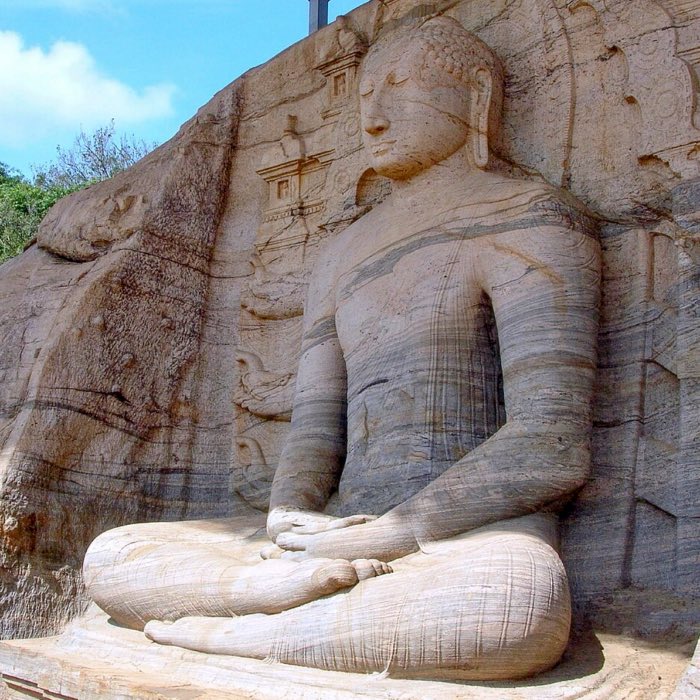
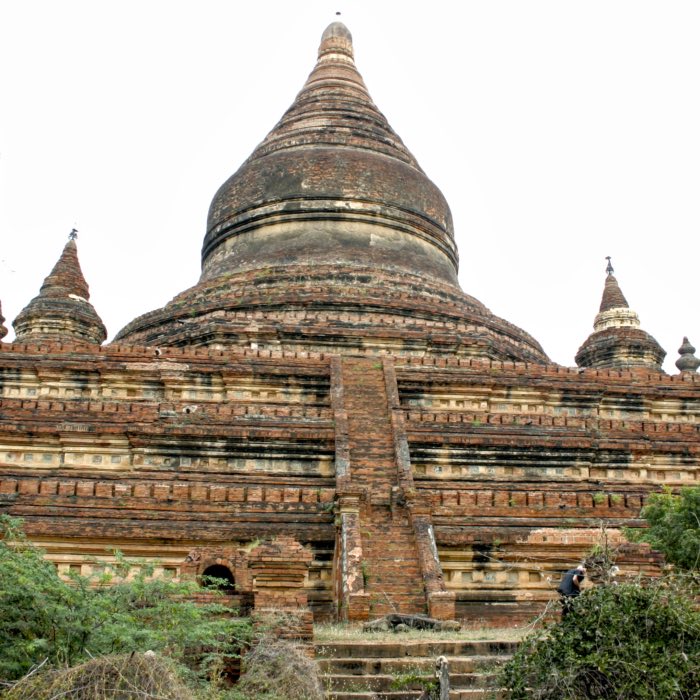
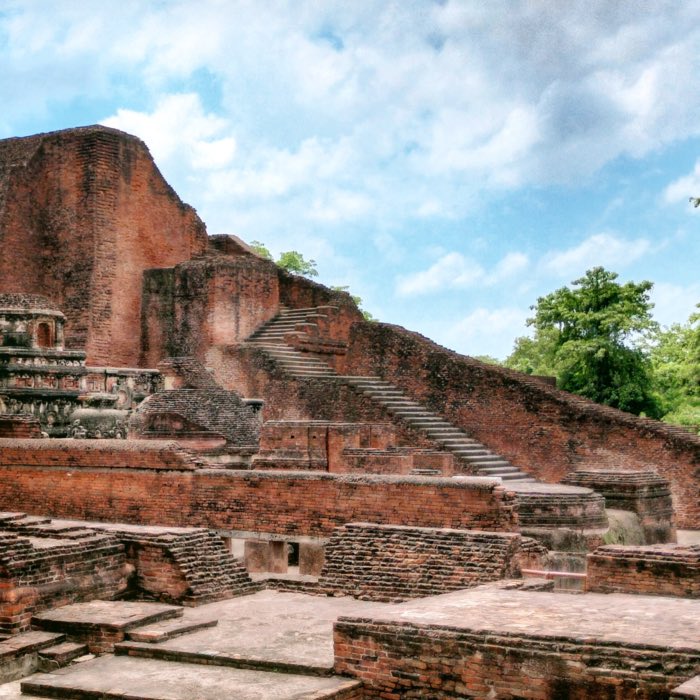
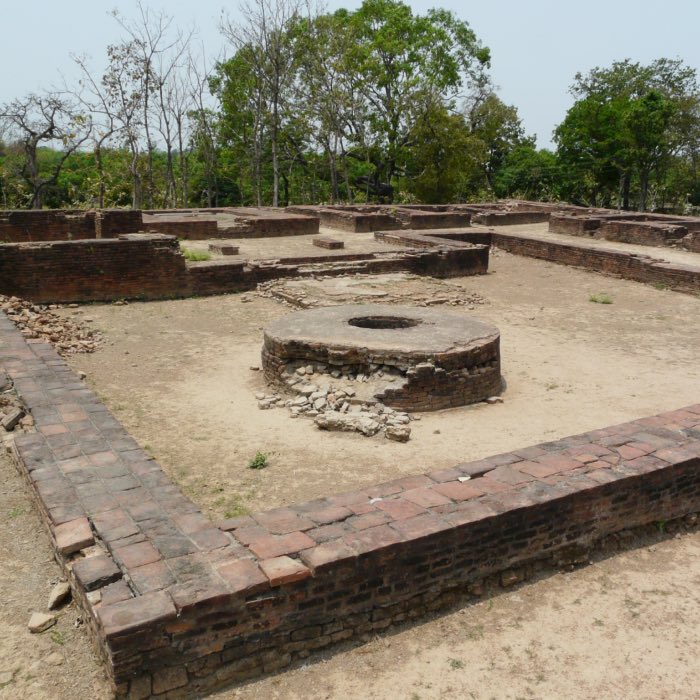
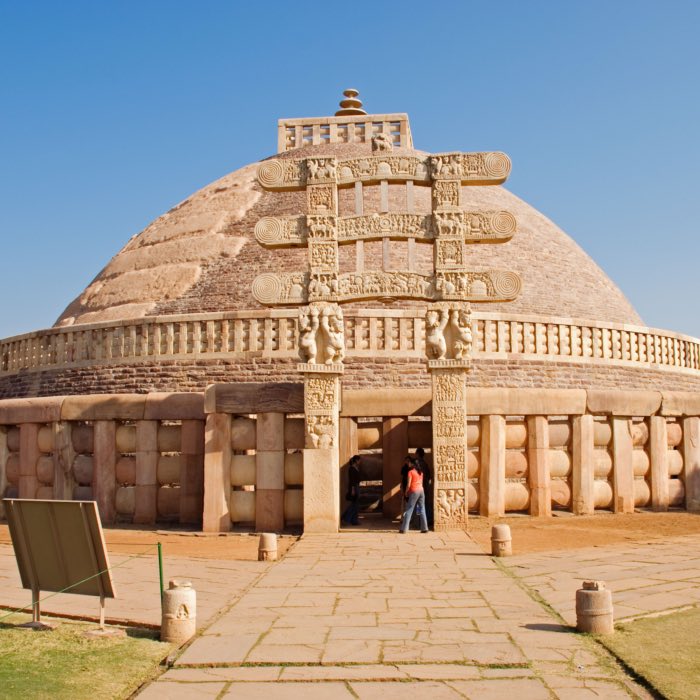
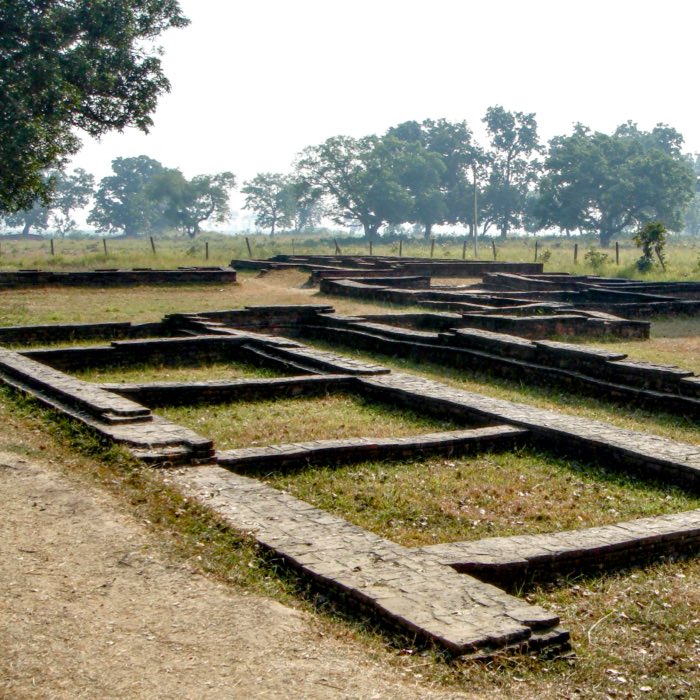
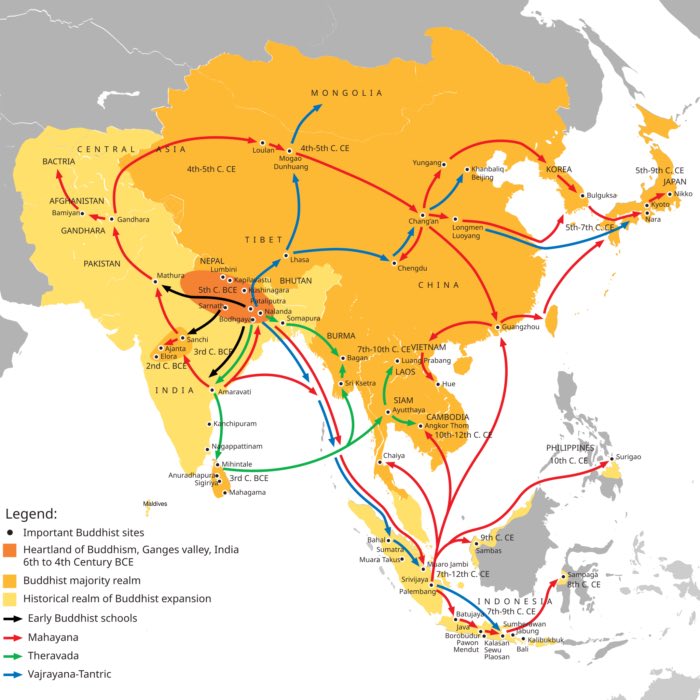
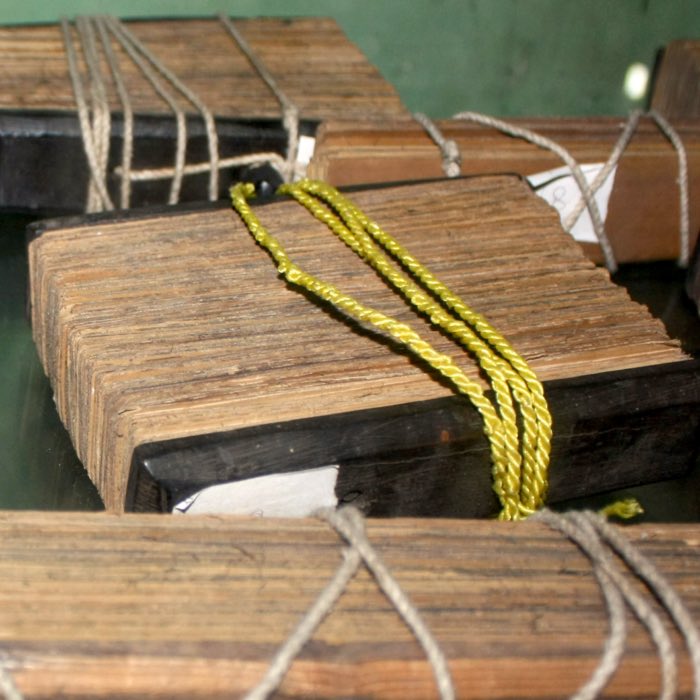
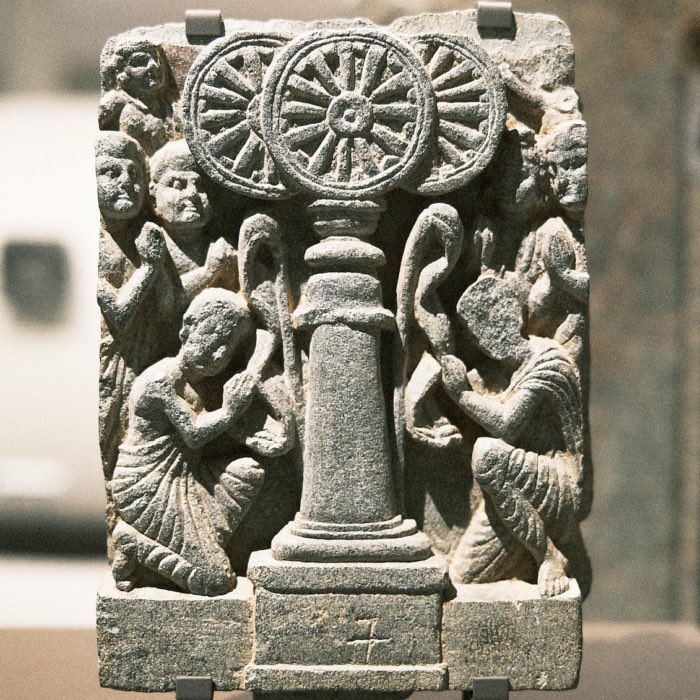
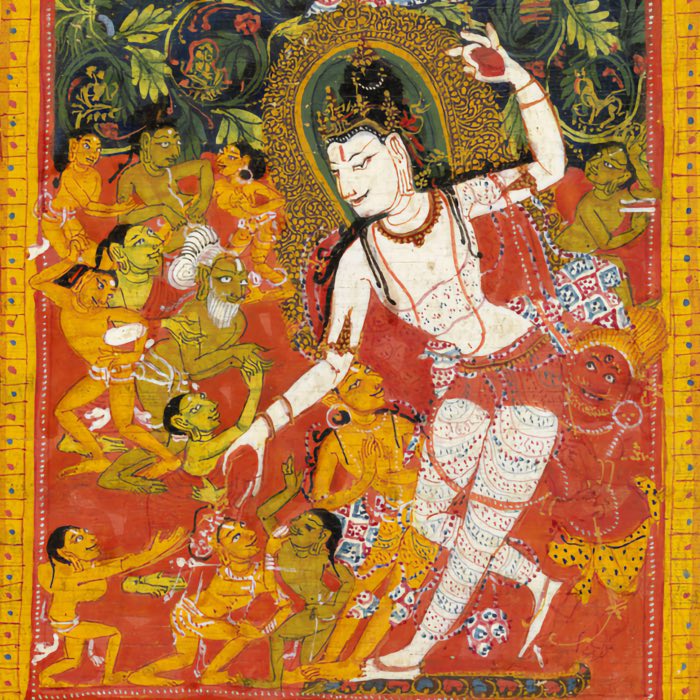

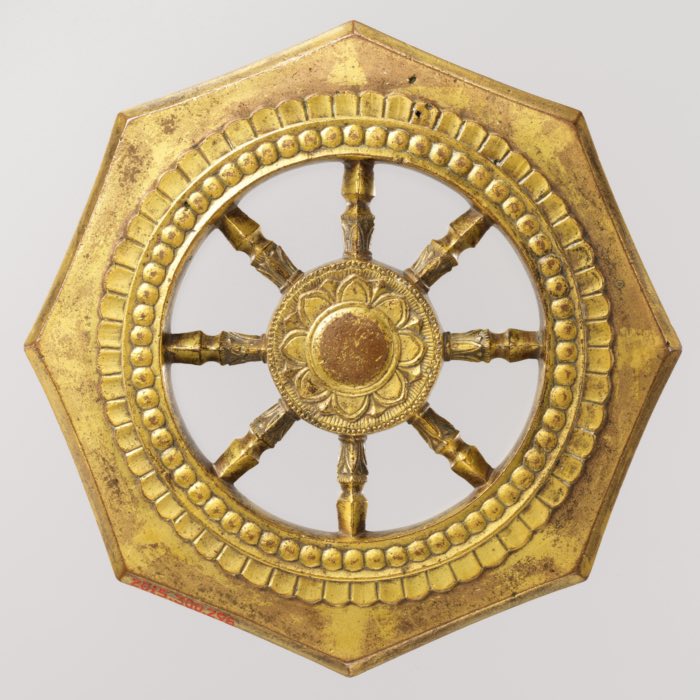
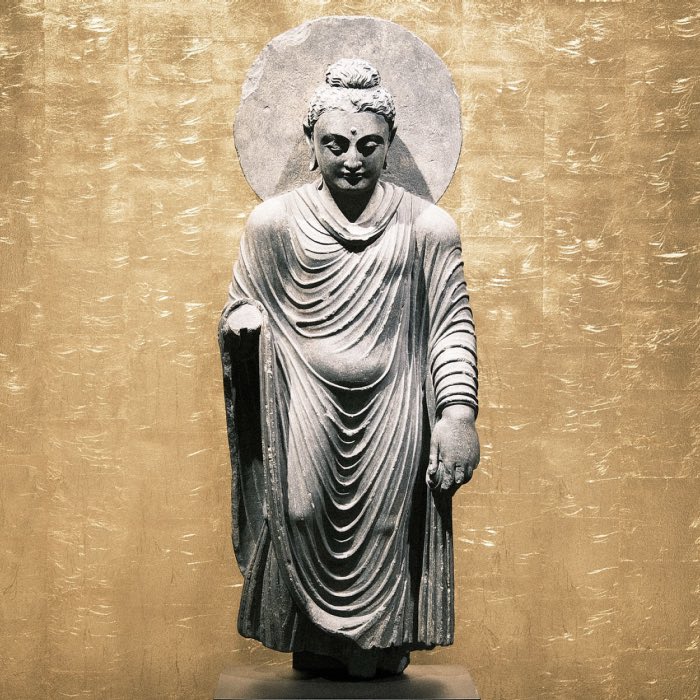
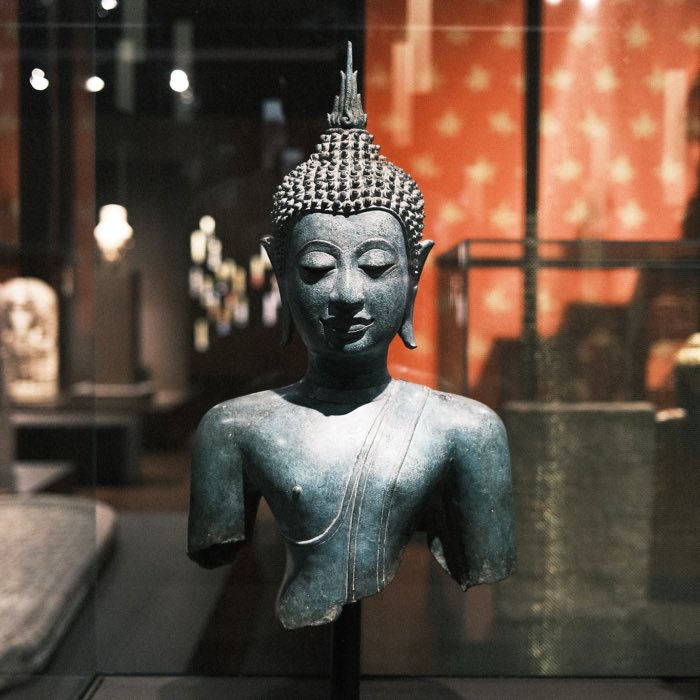
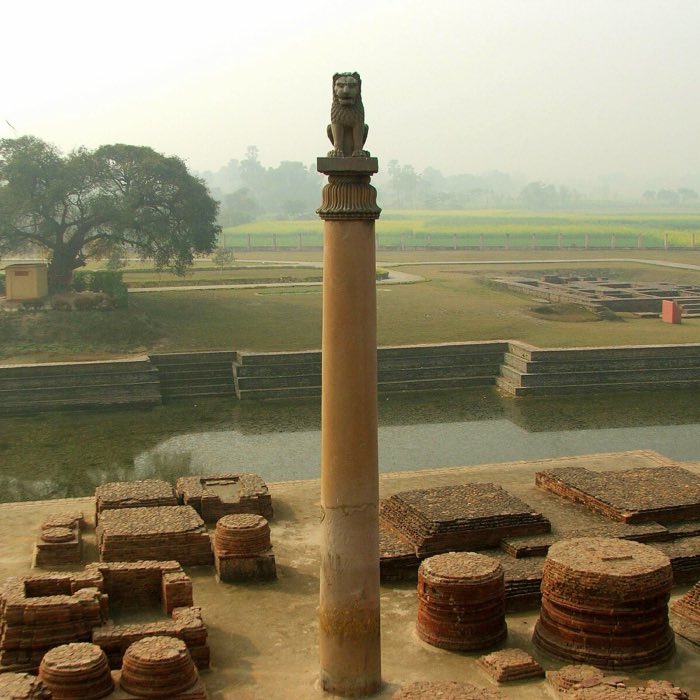
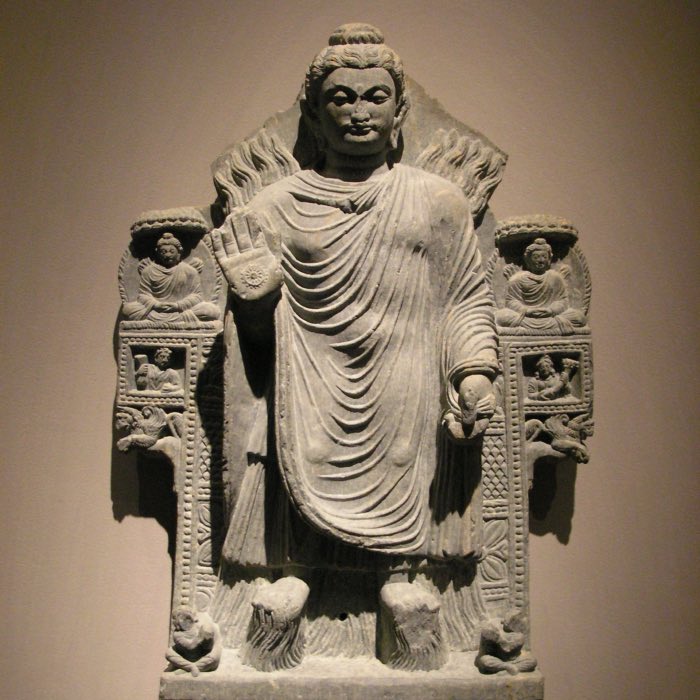
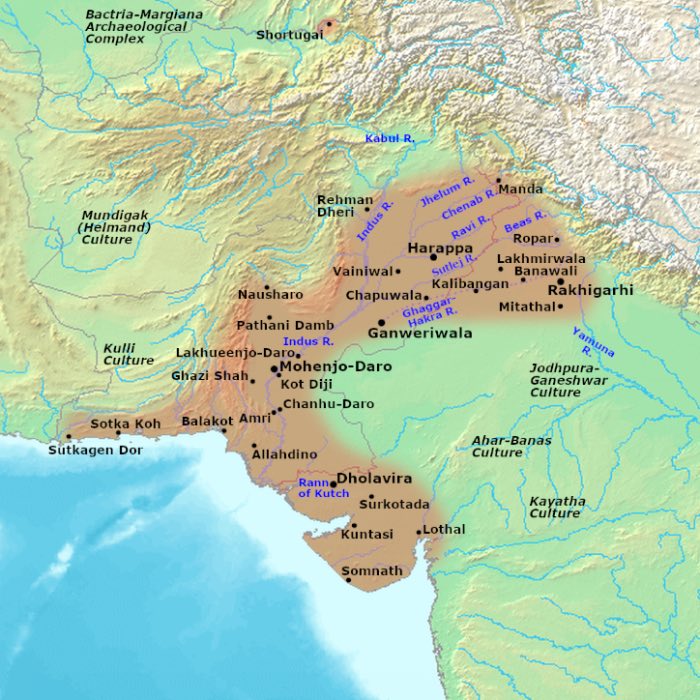
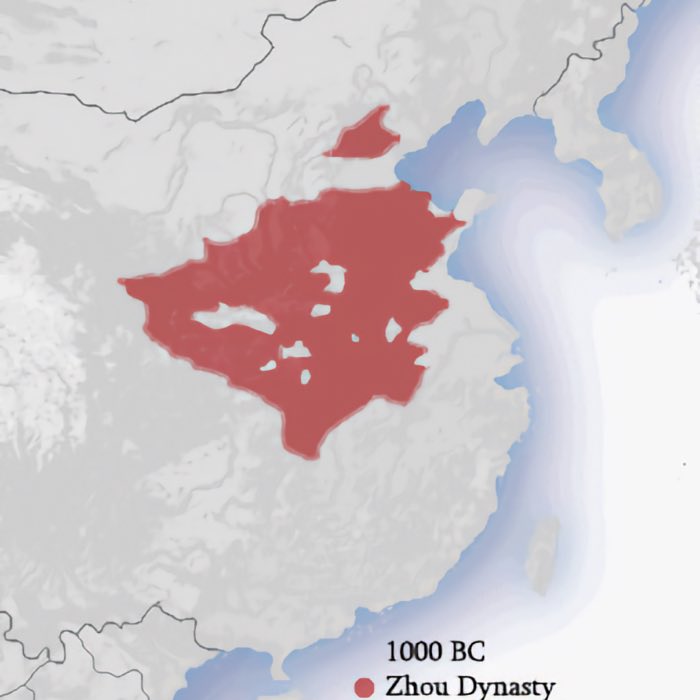
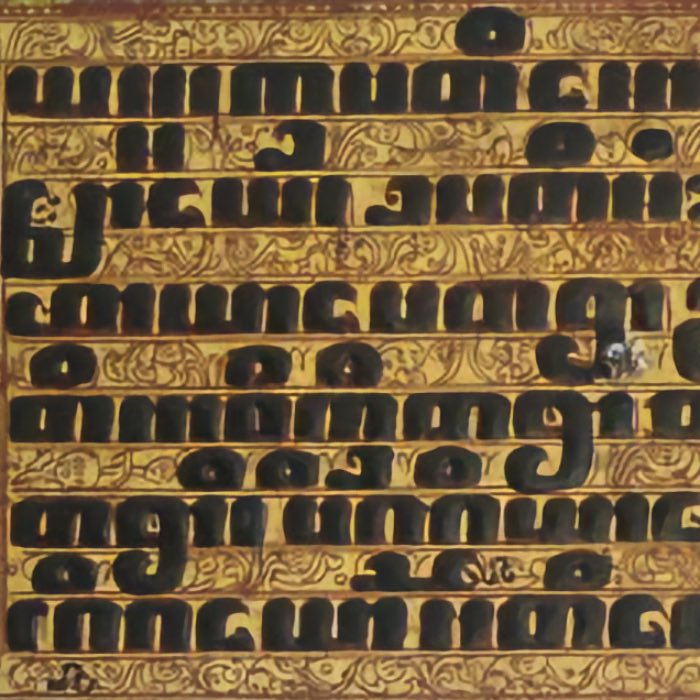
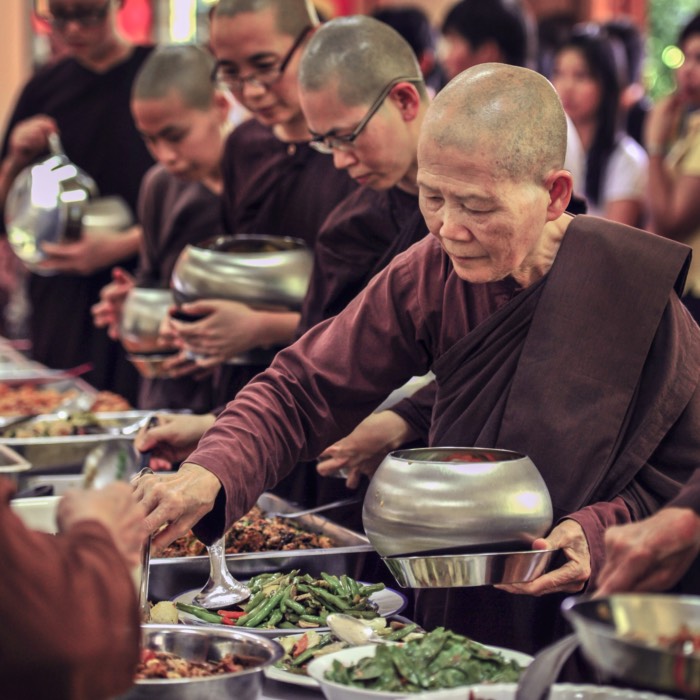
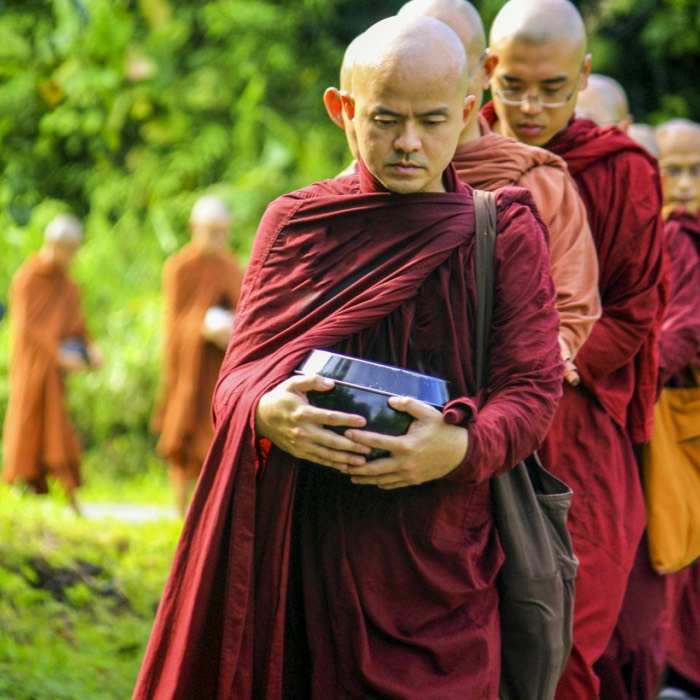
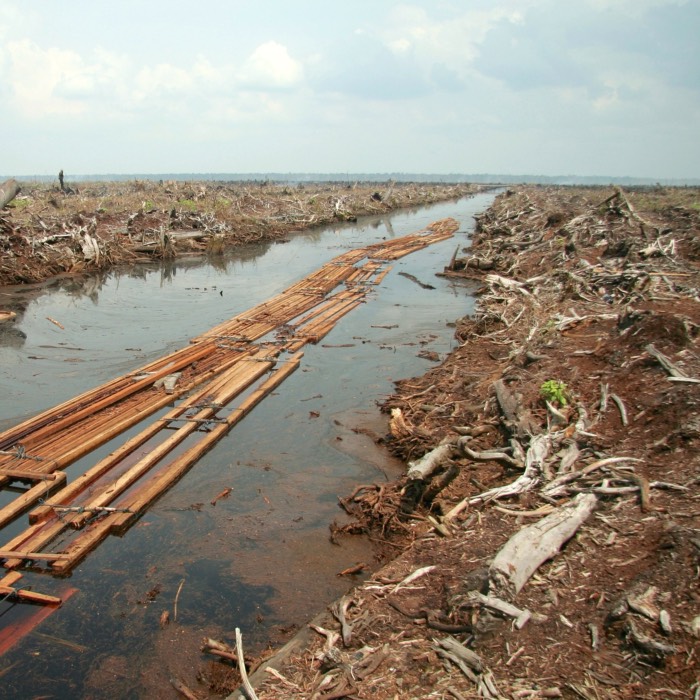


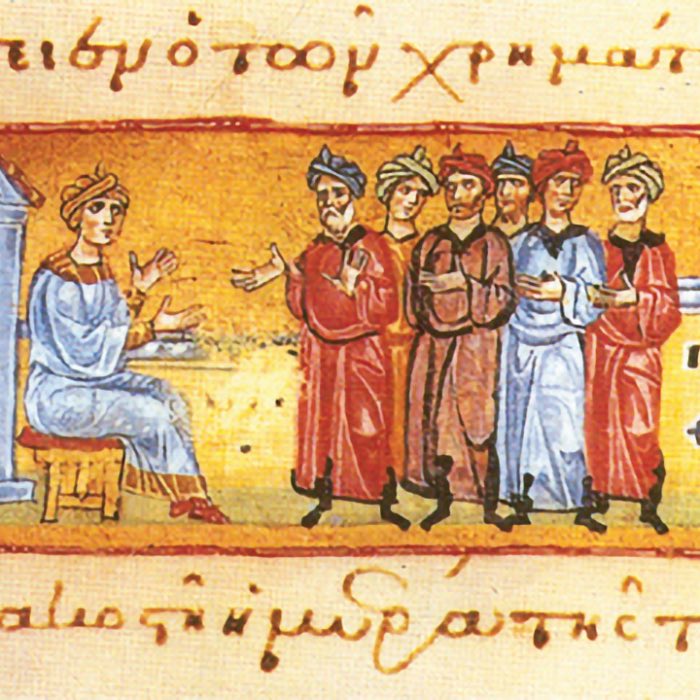
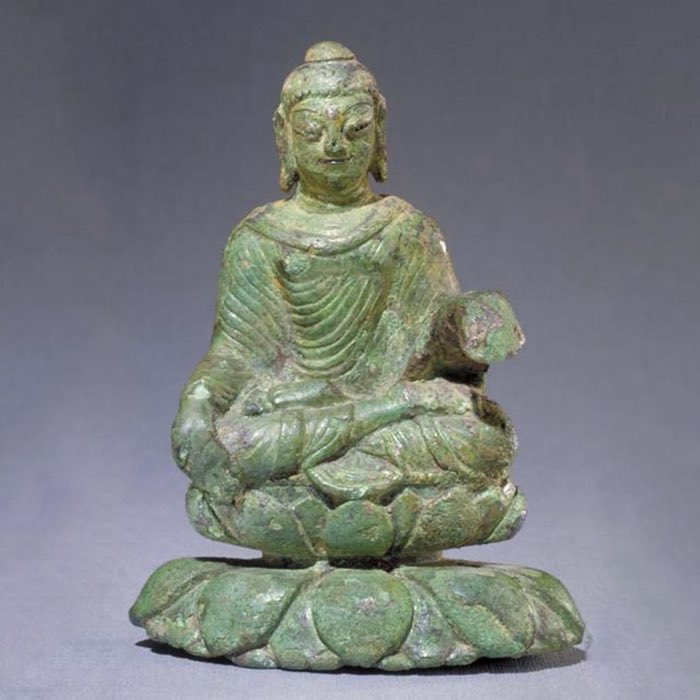

comments